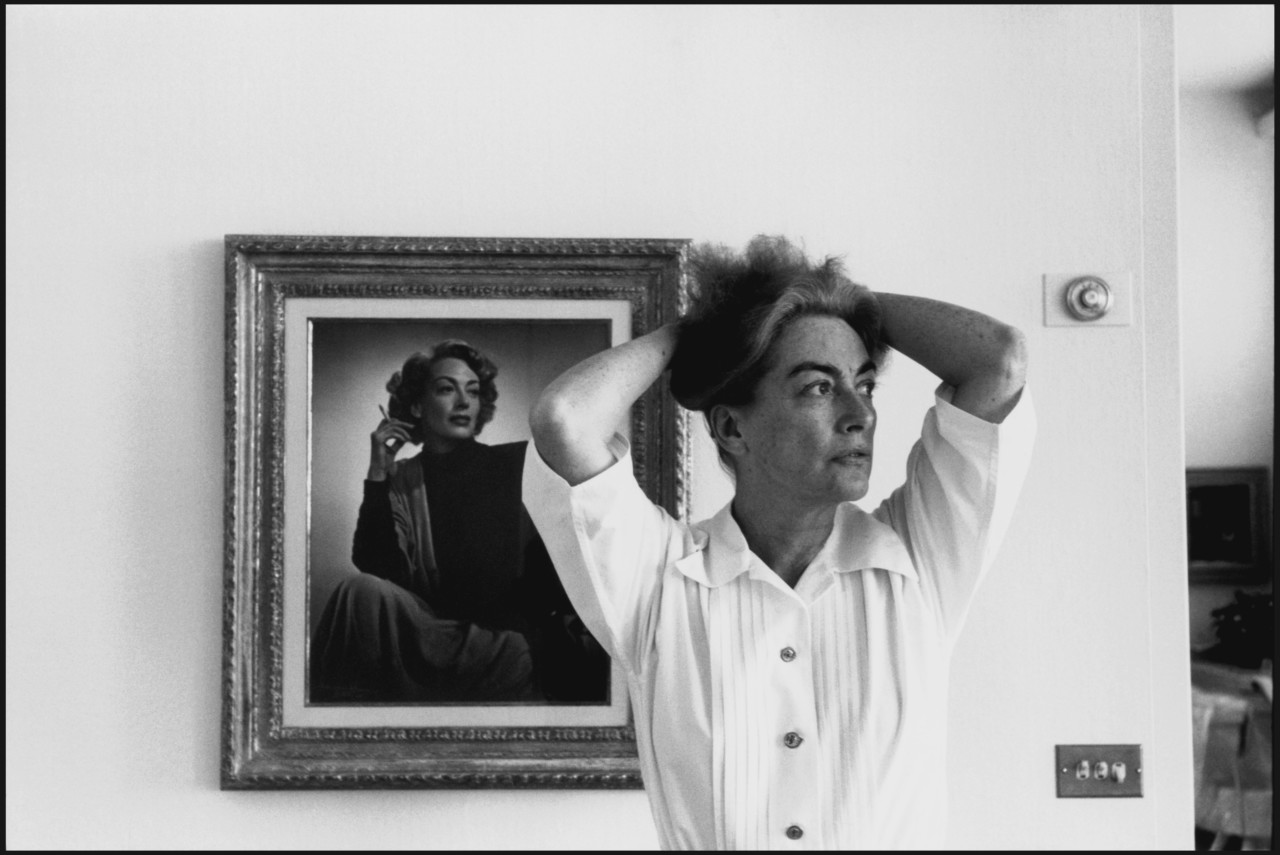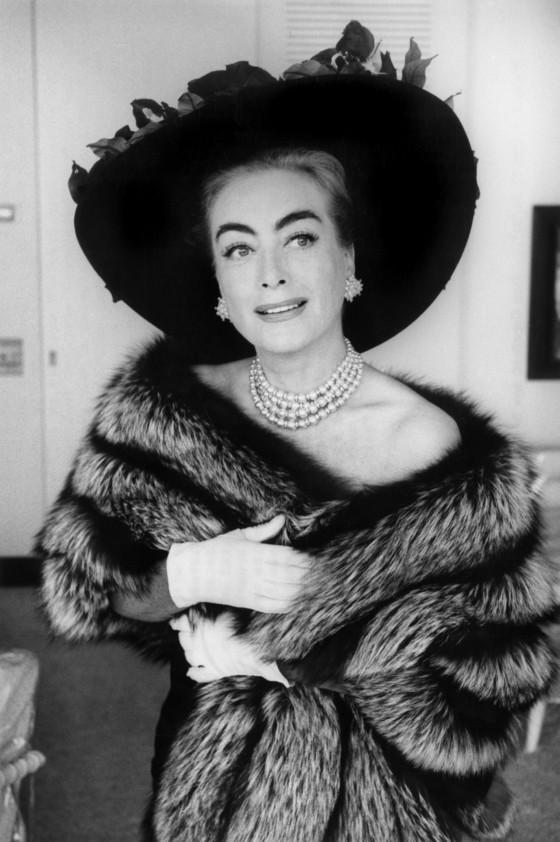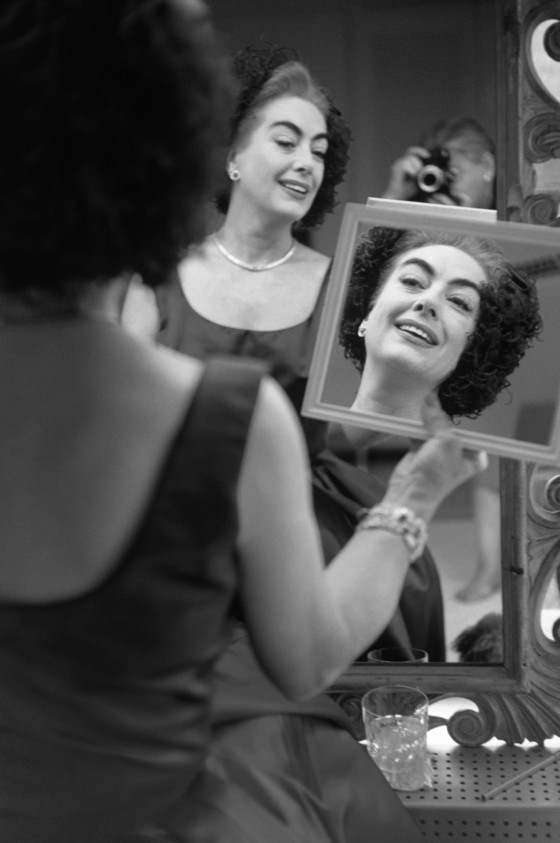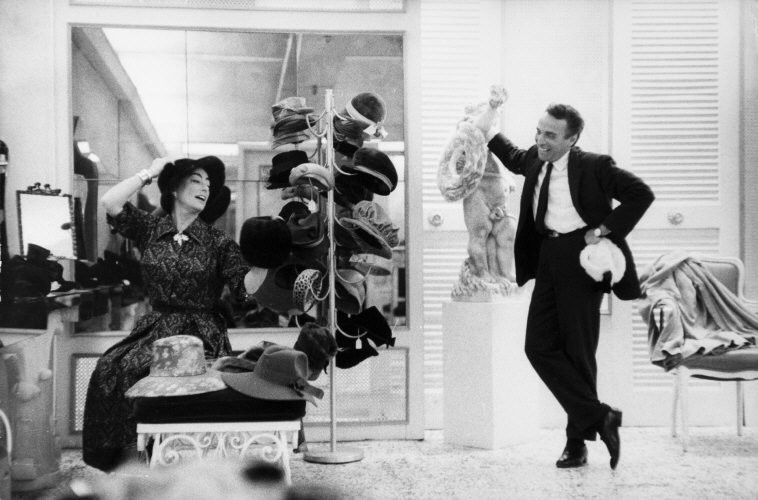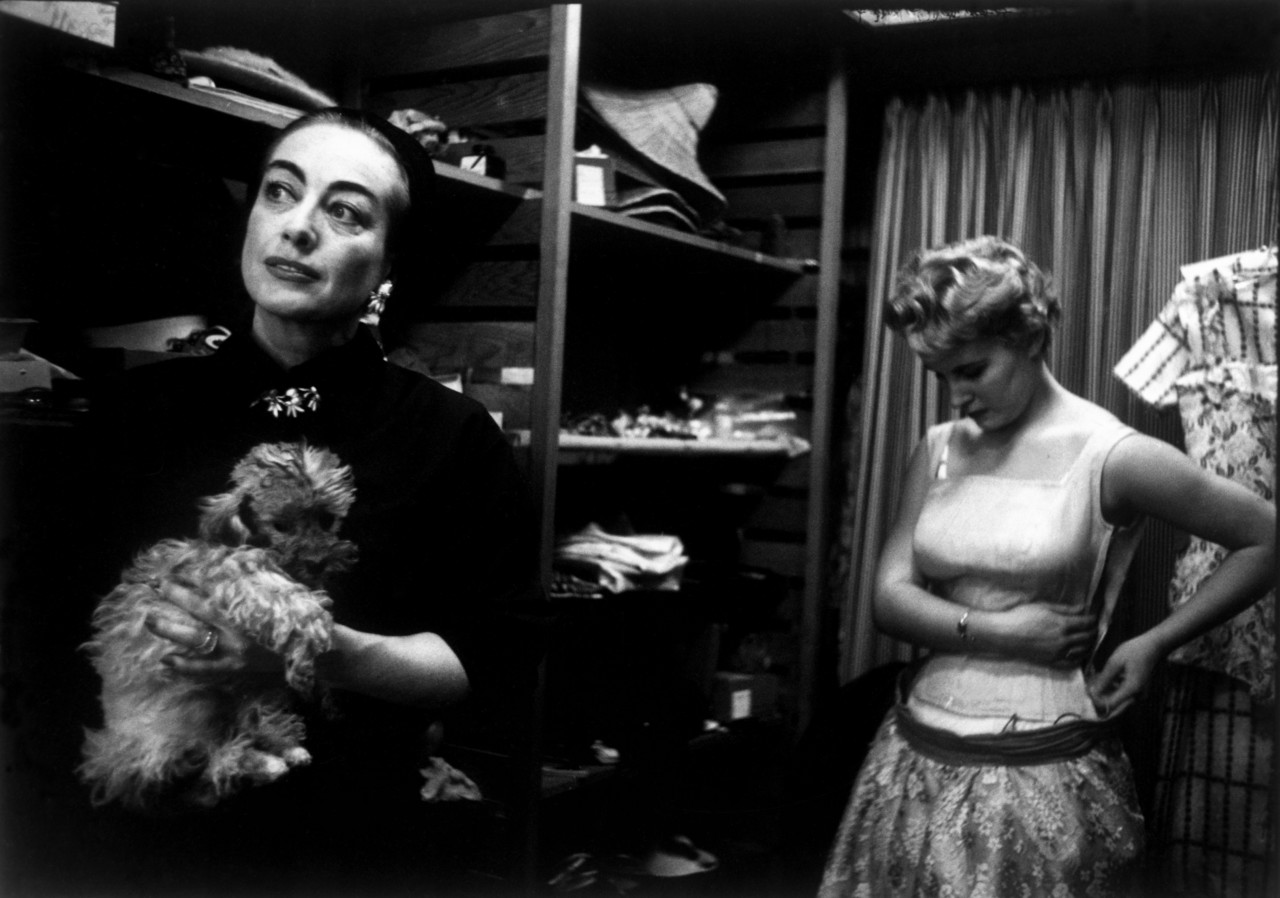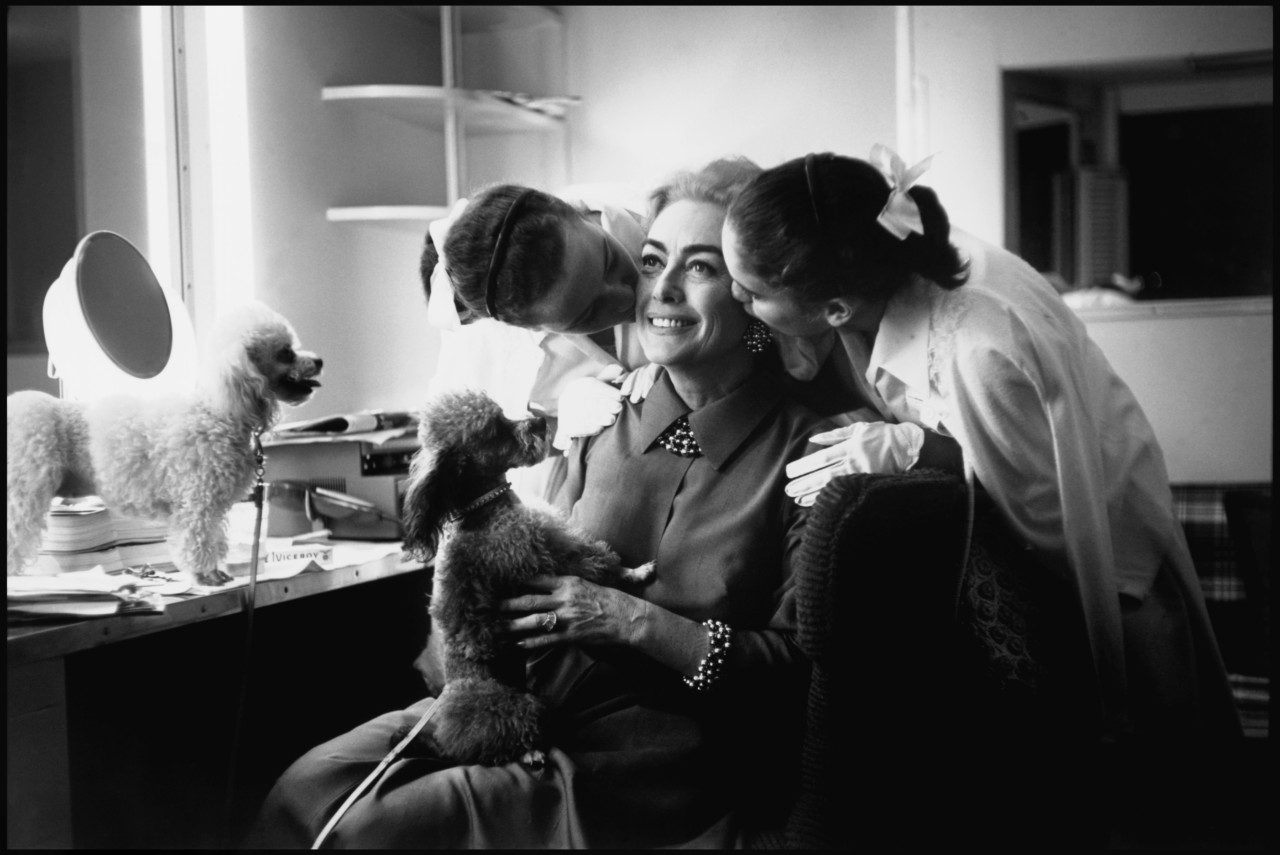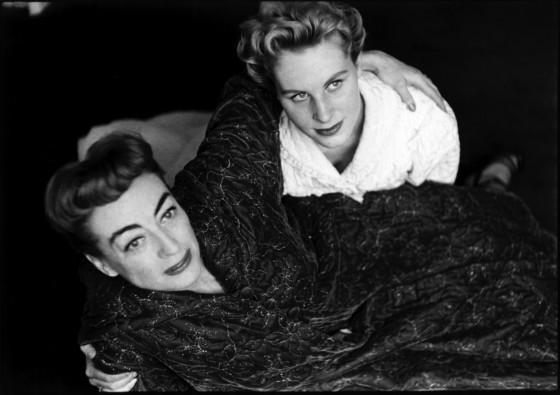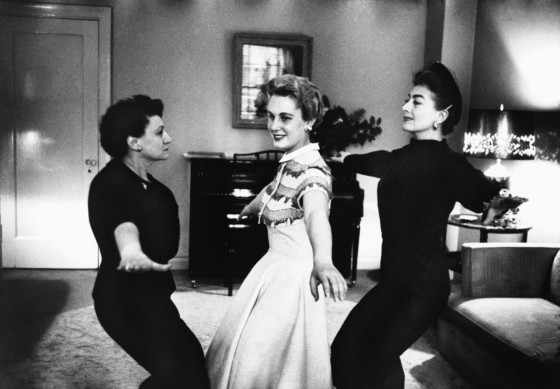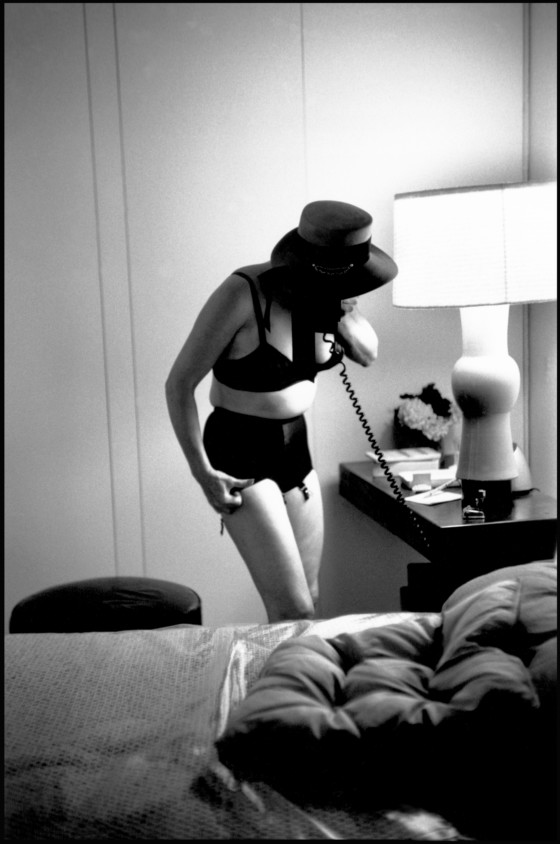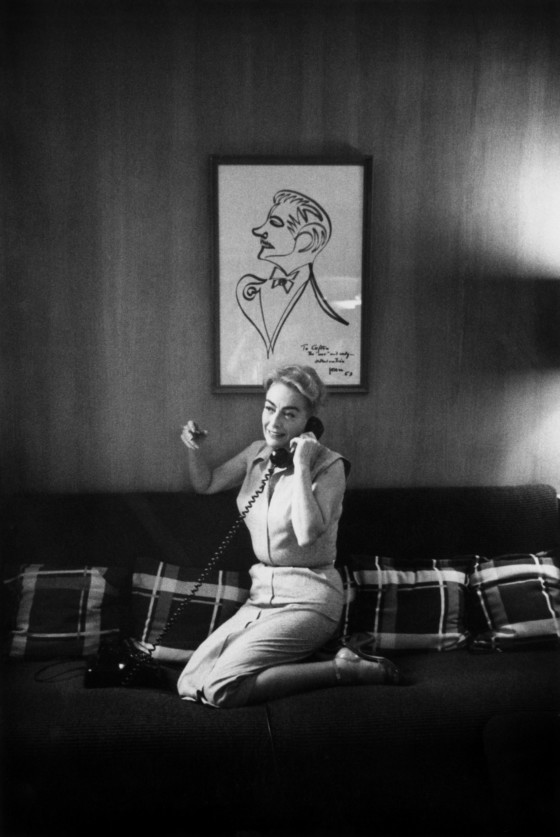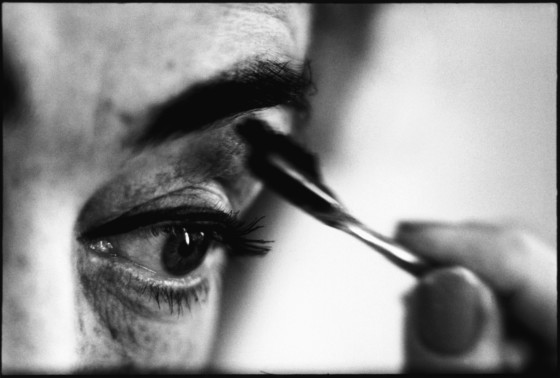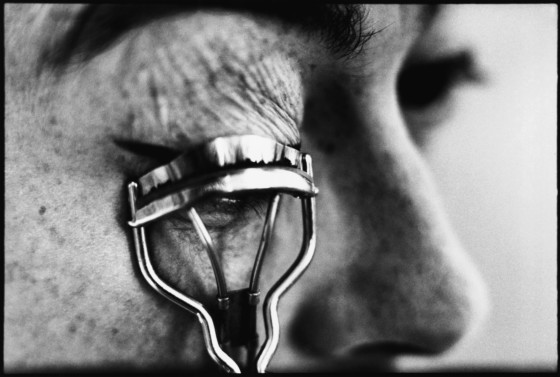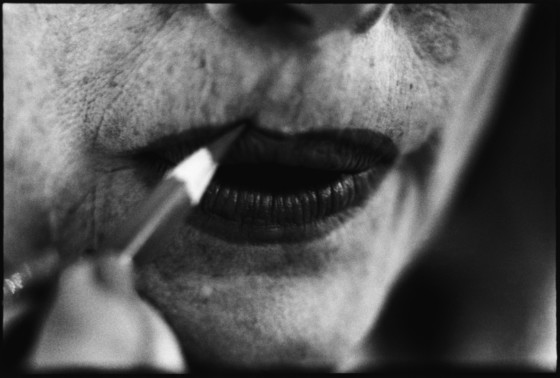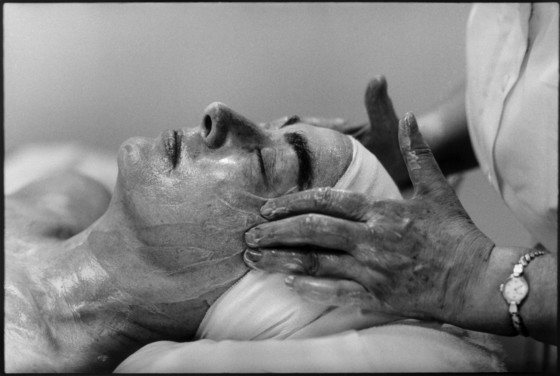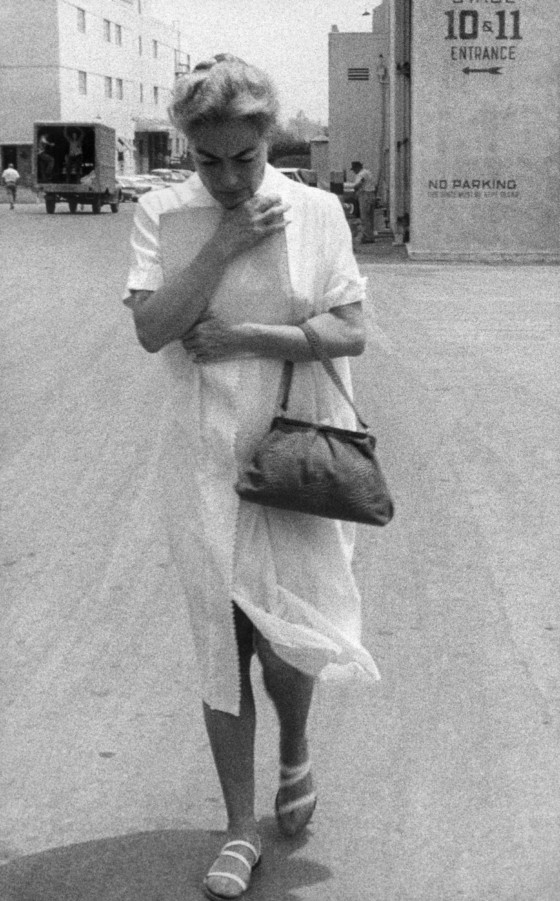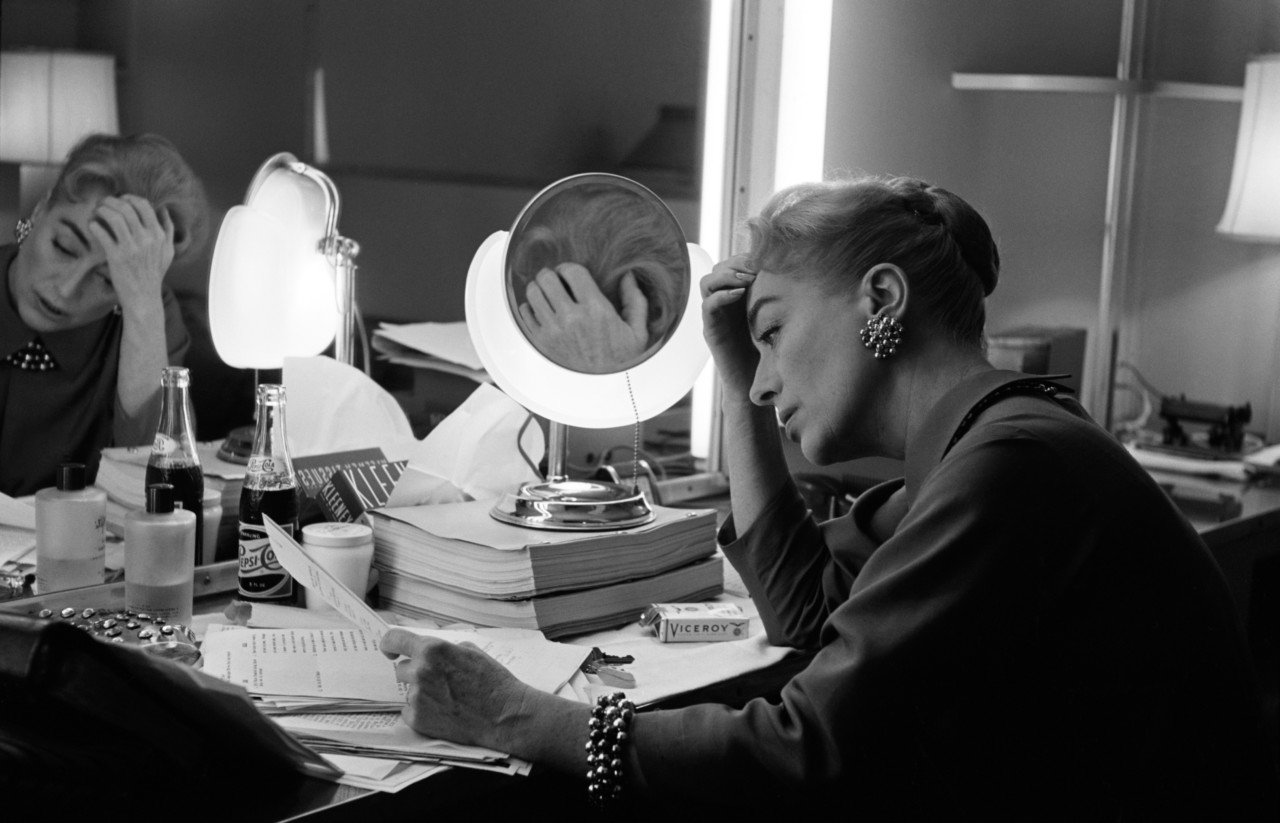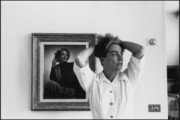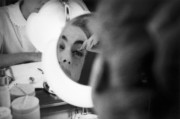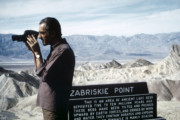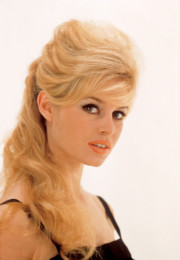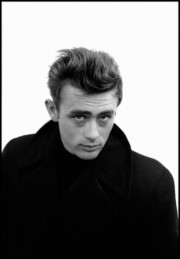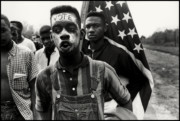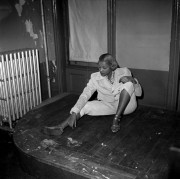A Public Image: Joan Crawford
Eve Arnold’s personal diary reveals the actress’s fraught inner world and offers an insight into her famous feud with Bette Davis
“You want to go as deeply into them as people as you can. But usually what happens, if you’re careful with people and if you respect their privacy, they will offer part of themselves that you can use and that is the big secret,” once said Eve Arnold, whose uninstructive approach made her a favorite among the many movie stars who she photographed, who would not only offer Arnold part of themselves, but also divulge some secrets of their own. One such subject was Joan Crawford, one of the last great stars of Hollywood’s golden age, whose reputation as a dramatic and hot-headed personality is the stuff of legend.
Also legendary was the feud Crawford had with fellow actress Bette Davis. A mutual hatred started out decades earlier as a battle over a man who would become Crawford’s second (of four) husbands, and developed into a bitter war in which both women would attempt to undermine each other personally and professionally. This came to ahead when both women were cast in Whatever Happened to Baby Jane (1962), the story about an aged former child star (Davis) living in a Hollywood mansion with her wheelchair-bound sister (Crawford), whom she’d torment. Years of swipes at one another crescendoed at the 1963 Oscars, when Davis was nominated for her role but Crawford was not. Davis lost out on the accolade to another actress Anne Bancroft, but in her absence Crawford swept up to the stage in full movie-star regalia to collect the Oscar on her behalf, as Davis looked on, biting down on a cigarette. “When it comes to giving or stealing a show, nobody can top Joan Crawford,” wrote gossip columnist Hedda Hopper in her post-Oscars column.
"Crawford’s whole professional life has been one of great concern with her person. It is a commodity which she sells not only to the public-but also to herself"
- Eve Arnold
Gossip about the femme-fatale’s alleged erratic behavior was apparently confirmed by her adopted daughter Christina in an exposé memoir, which also became a film. Mommie Dearest, which suggests that Crawford adopted children to help her public image, alleges that the actress would hit her children during her battle with alcoholism, as well as describing bizarre episodes in which Crawford lost it over the use of wire coat hangers on Christina’s clothes, and forcing her to eat the same meal of raw beef for several days until she ate it.
Magnum photographer Eve Arnold, who became associated with the agency in the early 1950s in New York, photographed Crawford on several occasions, over which an intimate bond formed. In one of her caption notes filed with her images to Magnum, Arnold observed that Crawford’s “whole professional life has been one of great concern with her person. It is a commodity which she sells not only to the public-but also to herself.” Arnold’s personal notes, as published in her book Film Journal convey a formidable woman with a commanding sense of control over her public image. Excerpts of Arnold’s notes are presented here, alongside her photographs of Joan Crawford, shot over several assignments.
First Meeting
“The first time I met Joan Crawford she took off her clothes, stood in front of me nude and insisted I photograph her. The situation was the following: I was assigned by The Woman’s Home Companion, an American magazine, to publicise Autumn Leaves, a film in which Crawford plays the part of an ageing woman. It was a pure publicity puffball of a scenario that a Hollywood publicist had dreamed up. I was to do an essay in pictures and words.
The idea was that Miss Crawford was concerned about the education of her adopted daughter. She was faced with a dilemma: should Christina, who wanted to be an actress like Mommie, plan to go to college in California and take up drama there while going on with her education, or should she come to New York to try to take a direct path to an acting career?”
“Let me describe our first day’s outings. We met at Tina Leser, the dress designer’s, where Miss Crawford and her daughter were to buy clothes. Joan swept in, her square-shouldered suit and very high-heeled clear plastic shoes making her appear tall (she was in reality only five foot four). On her shirt cuffs were the tiniest of dogs – one pissing poodle on each. If she put her hands together there was a muff. As she handed the dogs (Mommie’s darlings) to her secretary, she kissed me on the mouth (we had never met before). She then proceeded to the dressing room, where an entire wardrobe awaited her. She ignored the fact that Christina had not arrived and started to strip. When she was completely nude, she imperiously told me to start photographing. It was obvious that she had been drinking, and it was also obvious that there was something that impelled her to behave the way she did, something I only dimly began to understand years later when I had learned more about her.”
At home with Joan for LIFE Magazine
“We discussed the story line – she wanted to show her fans how dedicated she had been to hang on to the top of the cliff of success for thirty years. We started off with nothing off-limits and wound up after eight weeks the same way. In fact, so inventive was Joan (she would simply dream up situations and go ahead, waiting for the camera to follow after) that we could have filled an encyclopedia instead of the twelve pages at our disposal.”
“She would arrive at the 20th Century-Fox studio lot in her limousine. Her chauffeur would follow her in, carrying a large Thermos box marked ‘Pepsi-Cola’ (in which, packed in ice, was her 140-proof vodka) and a smaller elegant black alligator case in which were her jewels. She insisted upon wearing real gems in the film, the idea being that their authenticity gave her a greater sense of authority (about authority: she kept repeating that she had ‘balls’). Her precious gems were in matched sets like costume jewellery: necklace, two clips, a pair of earrings, two bracelets, two black pearl rings, emeralds, topazes, rubies, aquamarines or whatever precious gems. As clasps on a pair of diamond bracelets there were priceless baguette diamonds – one from the engagement ring given her by Douglas Fairbanks Jr, and the other given her by the actor Franchot Tone.”
"Those would be her days for having her nails done, her hair coloured, her legs waxed, her eyebrows dyed; all of which she wanted me to record on film, to show her devotion to her public"
- Eve Arnold
A public image
“Weekends we would spend at her house in Bel-Air photographing. Those would be her days for having her nails done, her hair coloured, her legs waxed, her eyebrows dyed; all of which she wanted me to record on film, to show her devotion to her public. In the mornings she would come down the stairs slowly, pause midway at the niche in the stairwell where the spotlighted Oscar she had won for Mildred Pierce was housed, genuflect and continue to the bottom. Only then could the day’s work begin.
The more I saw of her, the more complex she seemed and the more perplexed I became. Hollywood is a parochial town where everyone knows everyone else’s business. When word got around that I was doing a LIFE story on her, people got in touch with me to tell me Joan Crawford stories – everybody from clapper boys to executives. Mostly they were stories that had to do with the children and her cruelty to them.”
Joan was fond of telling about her days – her heydays – when she was at Warners. She talked about Bette Davis at Warners but would end up saying that she, Joan, had been the ‘baby of the lot’, implying that Miss Davis was much older. Actually, Joan saw Miss Davis as her formidable rival. When the LIFE story appeared, she cabled me and again said, ‘Love and eternal trust always.’ It was a tough, intimate story, but she wanted it that way.
When next I heard from her it was perhaps a year later and she wanted me to come and work on her next film, What Ever Happened to Baby Jane? She said she would be starring with Miss Davis and that I should be able to do some wonderful things. They hadn’t been together since Joan had been ‘the baby’ on the Warners lot. I had to decline. I was living in England, my son was in school there, and I didn’t want to leave him. About three months later, Joan called in the middle of the night. She was ecstatic. The film was finished. She said, ‘You would have been so proud of me. I was a lady, not like that cunt Bette Davis.’”


